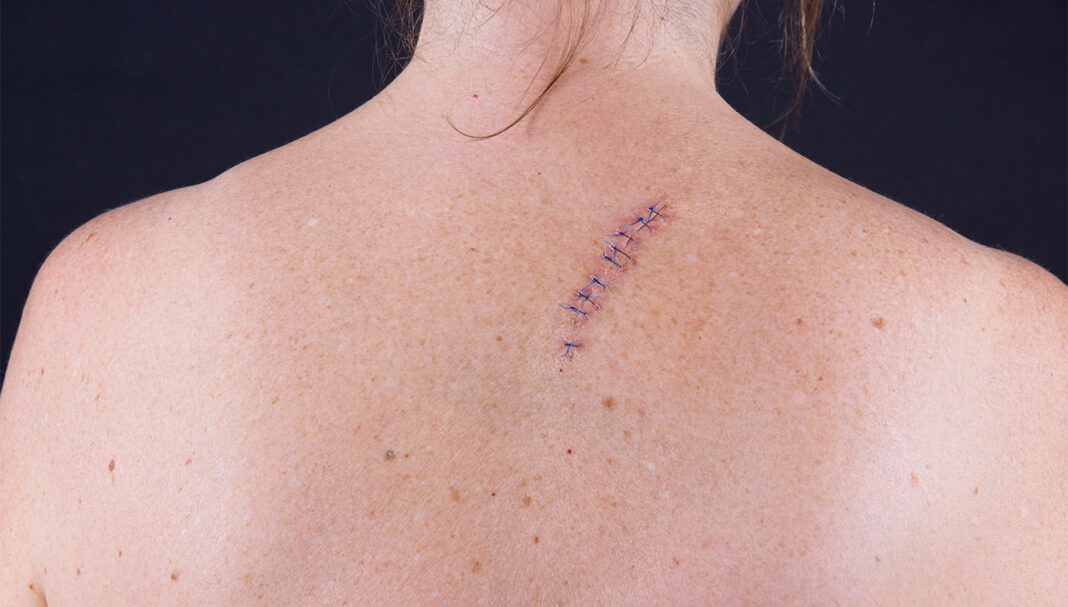Case scenario
Lily, 29, is in the pharmacy to purchase paracetamol for a tension-type headache. She mentions that she has recently noticed a new mole on her leg which appears to be growing. She explains that she spends a lot of time training in outdoor swimming pools as she is a competitive swimmer. Despite trying to be sun-safe, she has been sunburnt a number of times over the years. You note she has a fair complexion. You examine the mole and also notice it is not a consistent colour and the edges are uneven. You think this mole is suspicious for cutaneous melanoma and refer Lily to her GP for further investigation.
Learning objectivesAfter successful completion of this CPD activity, pharmacists should be able to:
Competency standards (2016) addressed: 1.1, 1.4, 1.5, 2.2, 3.1, 3.2, 3.5 |
Already read the CPD in the journal? Scroll to the bottom to SUBMIT ANSWERS.
Introduction
Melanoma is a type of malignant tumour resulting from the uncontrolled proliferation of pigment-producing cells, known as melanocytes. Melanoma can arise in the skin (known as cutaneous melanoma), mucosal surfaces, leptomeninges and the uveal tract.1–4
Depending on the stage and location of the melanoma, the symptoms and individual patient factors, one or more treatments may be recommended. These treatments include s
THIS IS A CPD ARTICLE. YOU NEED TO BE A PSA MEMBER AND LOGGED IN TO READ MORE.






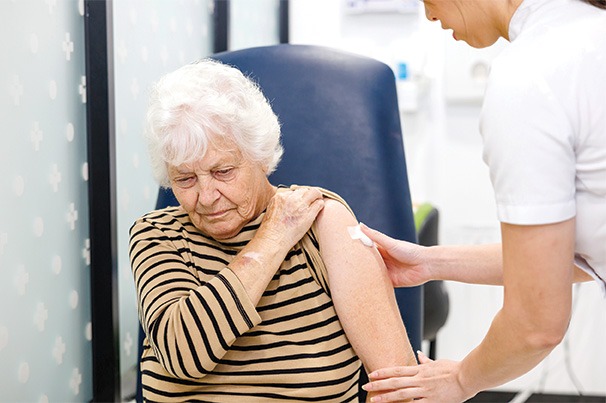
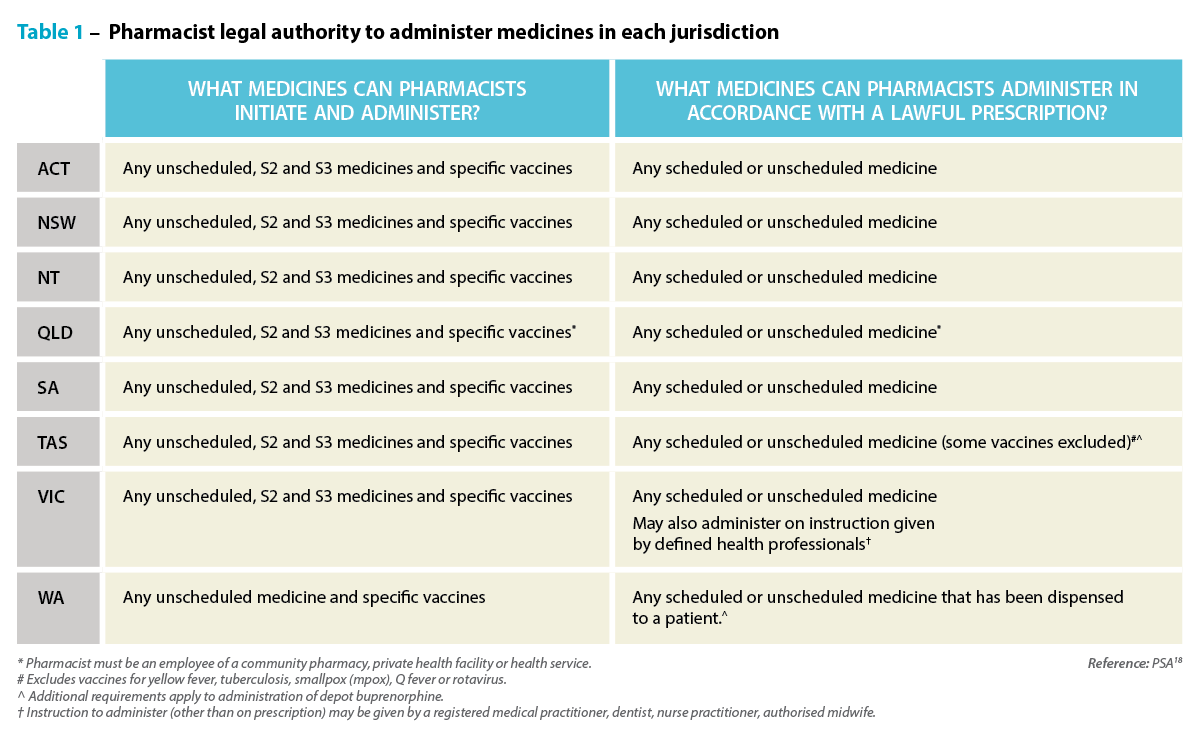 New formats needed
New formats needed 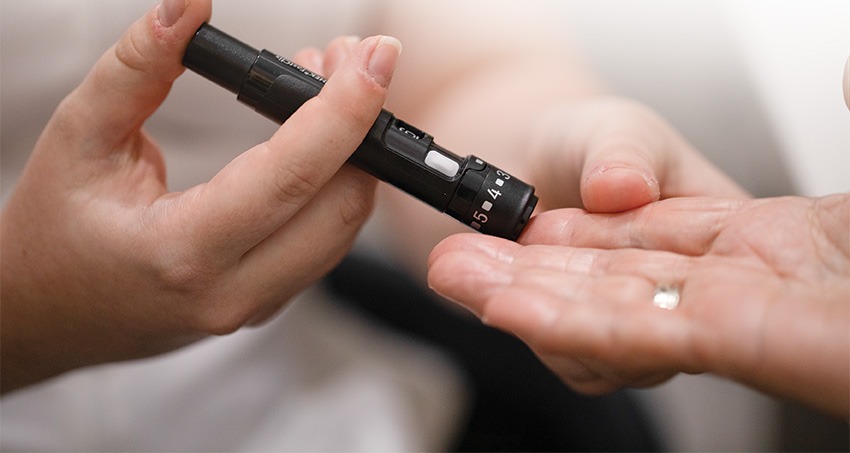
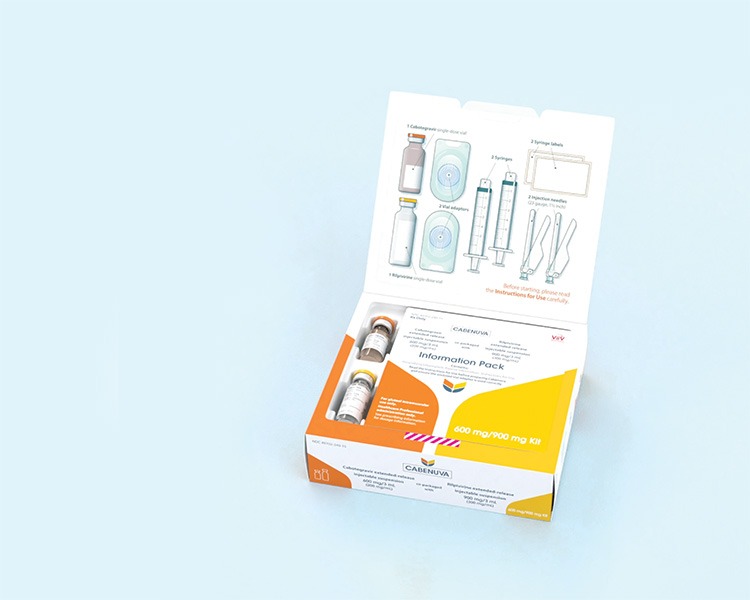 Clinical trial data released this year in a study of cisgender men, transgender men, transgender women, and nonbinary individuals who have sex with partners assigned male at birth showed that using lenacapavir results in a 96%
Clinical trial data released this year in a study of cisgender men, transgender men, transgender women, and nonbinary individuals who have sex with partners assigned male at birth showed that using lenacapavir results in a 96% 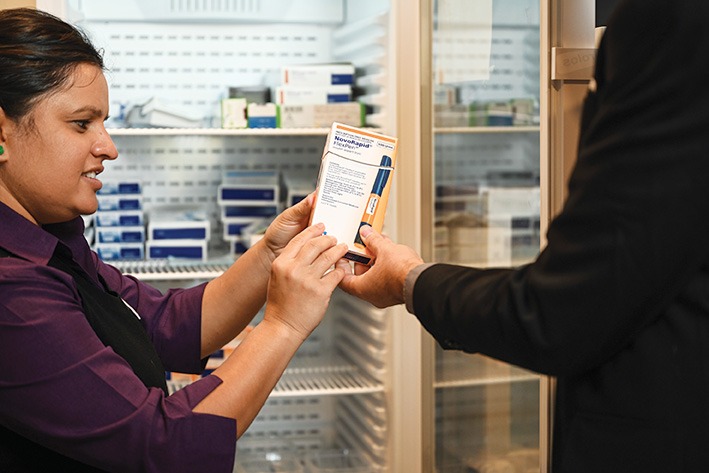 ‘In my view, it’s analogous to dispensing a new drug that you haven’t come across before. You understand the relevant information related to the drug from a safety and effectiveness point of view, you communicate with the patient regarding relevant counselling points, and you document relevant information.’
‘In my view, it’s analogous to dispensing a new drug that you haven’t come across before. You understand the relevant information related to the drug from a safety and effectiveness point of view, you communicate with the patient regarding relevant counselling points, and you document relevant information.’
